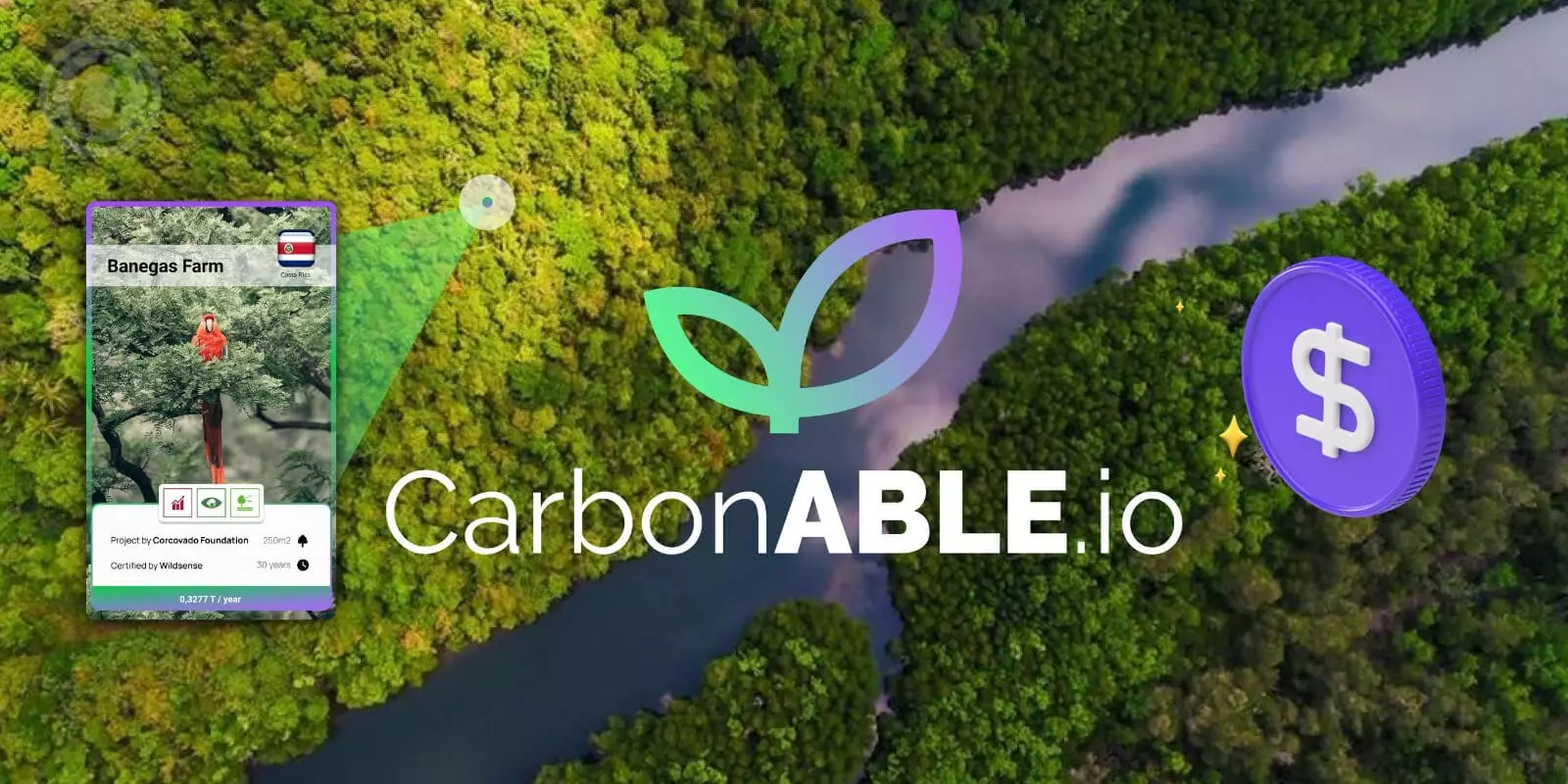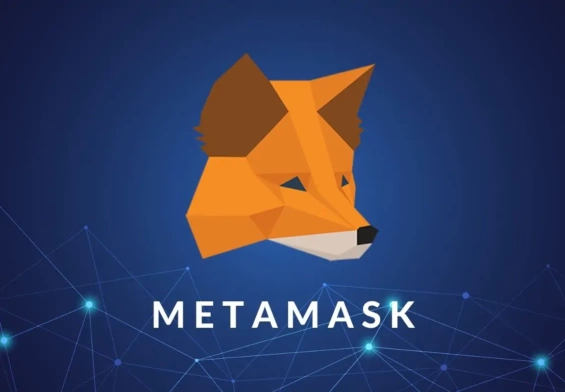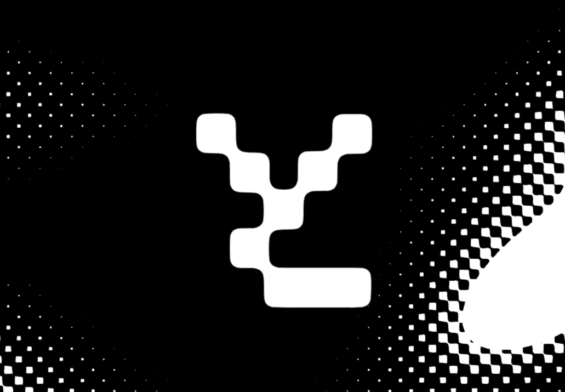CarbonABLE (CARBZ), DeFi and NFTs at the service of ecology
In recent years, disturbing reports on ecological issues have come out one after another. They all converge on the same conclusion: we must at all costs reduce greenhouse gas emissions and capture those already emitted into the atmosphere.
Among the various solutions offered, CarbonABLE stands out by offering to use the blockchain to finance ecological initiatives while offering rewards to users who have invested in the future of our planet. The project is thus arming itself with Web 3.0 tools in order to offer solutions using decentralized finance (DeFi) and non-fungible tokens (NFTs).
Reducing carbon dioxide emissions alone is no longer sufficient to avoid climate change. This is why the platform has taken the decision to develop decarbonization projects based on the regeneration of nature, with the aim of extending green surfaces. The latter are carbon sinks that effectively capture greenhouse gases and therefore mitigate climate change.
To do this, CarbonABLE identifies the best reforestation, agroforestry, or mangrove replanting projects to make NFTs sold on their platform. Once funded, these projects will offer non-fungible token holders passive income in stablecoins, as well as CARBZ tokens, the platform’s governance token.
CarbonABLE tackles several flaws in the system
The first problem hindering the necessary ecological transition is the slowness and low level of investment by States or large companies. Worse still, some states like Brazil carry out massive deforestation, which therefore destroys immense carbon sinks and dramatically worsens climate change.
The second problem is the lack of transparency and efficiency of the voluntary carbon credit market. This financial mechanism, which makes it possible to buy or sell carbon credits, constitutes an incentive to finance ecological projects.
This market is of great interest to companies that want to contribute to carbon neutrality, but today it works poorly, in particular because of a lack of traceability of carbon credits.
Thus, this lack of transparency in carbon credit trading works against companies sometimes accused of “greenwashing”, which can buy credits that do not correspond to reality (for example, the forest has burned down for a long time!)
The final problem is the lack of blockchain projects connected to the real world. The current rise of blockchains and cryptocurrency is attracting more and more investors around the world, but many projects remain unrelated to reality, or even purely speculative. However, users are increasingly seeking to increase funding for projects that offer attractive profitability, but also for projects that would have a positive impact on the world.
This is why CarbonABLE proposes to offer an investment accessible to all via the blockchain. This technology is the answer to the 3 problems raised above. Thanks to the transparency and traceability it provides, it allows crypto-investors to massively and quickly finance high-impact nature regeneration projects.
The NFTs here offer proof of participation in the various decarbonization projects, and allow their holders to obtain a rent on the carbon credits resulting from the project for several decades as well as statistics and reports on the positive impact that the latter has had. had on ecology and local communities.
Which blockchain to choose for CarbonABLE?
The offer of blockchains is growing day by day, which makes it possible to find the one that is best suited to each project. For CarbonABLE, the choice obviously falls on a consensus that consumes the least energy possible.
It is therefore natural that CarbonABLE decided to turn to a Proof of Stake type blockchain. The first two projects carried out on Cosmos for its interoperability and low resource consumption allowed an instant sale despite a terribly degraded crypto context following the UST depeg.
In the future, it is also possible that the project will turn to Ethereum when this juggernaut has made its transition to Proof of Stake. The community is now being consulted to see which blockchain CarbonABLE could turn to.
How does CarbonABLE generate revenue?
CarbonABLE will get income on 3 different points to build a sustainable project:
A commission on the sales of NFTs when they are issued;
A royalty from resales of NFTs on the secondary market;
And finally a percentage on the sale of carbon credits to cover management costs.
The longevity and development of CarbonABLE are based on these different revenues and therefore make it possible to sustain investments. The percentage collected during the sale of carbon credits can be discussed by the community via governance votes to offer a decentralization of CarbonABLE.
A financial annuity for investors
Having a CarbonABLE NFT allows you to prove your involvement in projects that have a positive impact on the fight against climate change. These non-fungible tokens can then be resold on the secondary market, or remain in the wallet of their owners.
In addition to allowing investors to obtain proof of their participation in ecological initiatives with a tangible impact in the fight against global warming, CarbonABLE offers rewards for investors who decide to lock in their assets via staking.
First, a regular passive income is offered through the sale of carbon credits generated by the various investments. This income will be allocated to investors in stablecoins and in CARBZ, the governance token of CarbonABLE.
Staking then offers benefits to more regular users of the platform. Among them, a reduction in service fees and access to airdrops, but also priority access to future projects.
The CARBZ token and its roles
In addition to stablecoin rewards, investors will receive CARBZ, the governance token of CarbonABLE which has several roles within the platform.
Having CARBZ can be beneficial in several ways. The increase in revenue is one of them, since the fees paid by the users of the platform as well as the surpluses generated by the sale of carbon credits will be shared with the users who own the CARBZ.
Holding CARBZ also increases your chances of having priority access during the next releases of CarbonABLE NFTs.
A governance token
The CARBZ also offers its holders a right to vote regarding the governance of the CarbonABLE protocol. People holding CARBZ will be able to vote to improve the protocol and take part in decisions on the distribution of income.
A successful first attempt
On Friday, May 6, 2022, the first sale of CarbonABLE NFTs took place. After a start at 5 p.m., only two seconds were needed for the 160 NFTs on offer to be sold to the community.
This first project, the objective of which is to replant trees in the Banegas farm in Costa Rica, will capture 1,851 tonnes of CO2 over the next 30 years. The replanting of these 8,000 trees native to the region will also allow the return of local fauna and flora, which represents a first victory for CarbonABLE and biodiversity.
Despite an unfavorable context due to the recent news of the Terra ecosystem and its UST, a second sale of 360 NFTs will remain a great success, since it will have taken only a few minutes for the stocks to be sold. This sale will fund a new mangrove replanting project in Las Delicias, Panama, which is expected to capture nearly 5,000 tonnes of CO2 over the next few years.
Conclusion on the CarbonABLE project
CarbonABLE is an ambitious project that wants to create a bridge between DeFi and the real world to develop many ecological projects.
Easy to access, it is now possible for everyone to participate in initiatives for the planet while generating passive income.
Its transparency and reliability could make CarbonABLE a sustainable and preferred solution in the fight against climate change.



